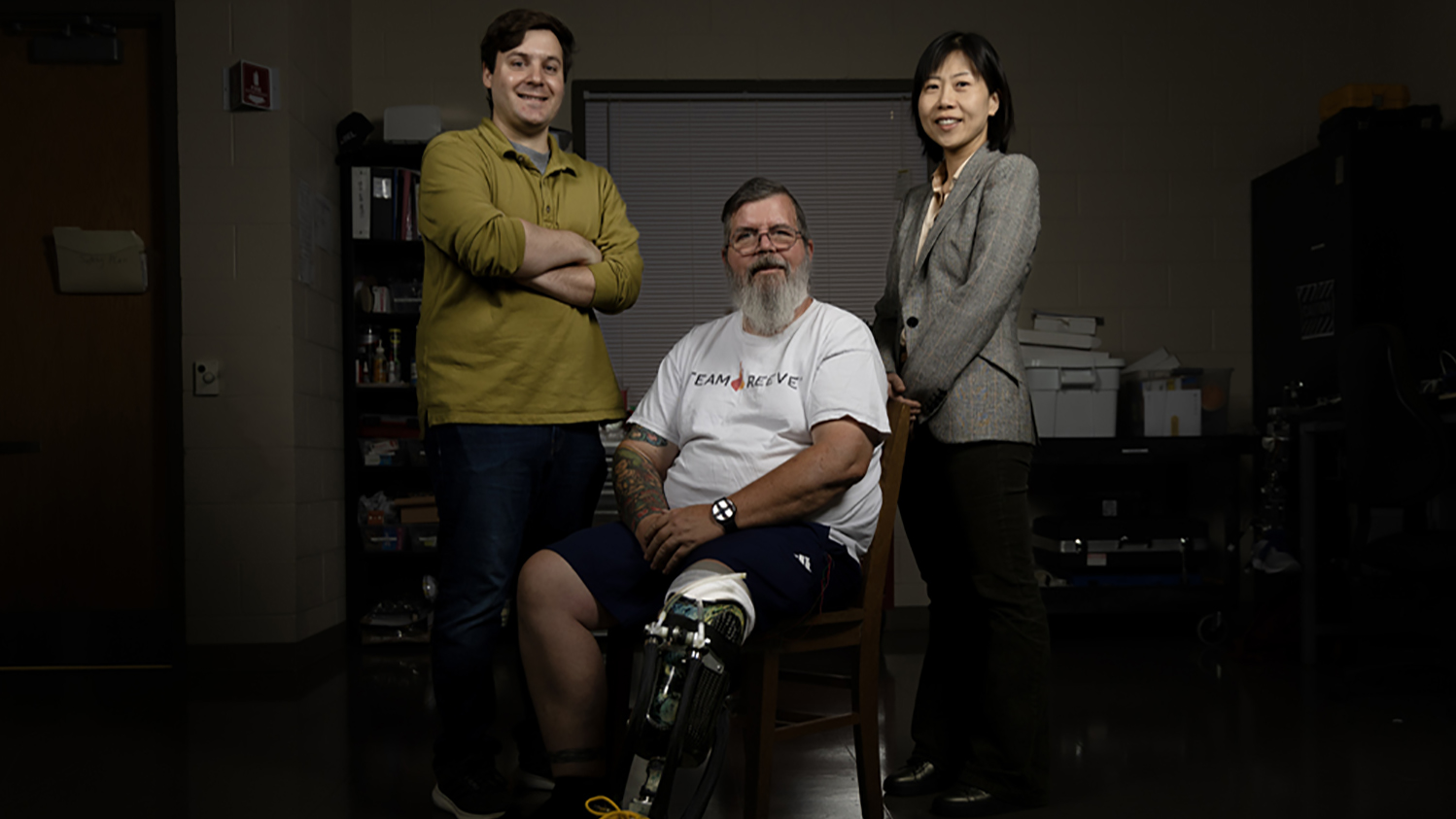New manufacturing process for SiC power devices opens market to more competition

NC State researchers are rolling out a new manufacturing process and chip design for silicon carbide (SiC) power devices, which can be used to more efficiently regulate power in technologies that use electronics. The process, called PRESiCE™, was developed with support from the PowerAmerica Institute funded by the Department of Energy to make it easier for companies to enter the SiC marketplace and develop new products.
“PRESiCE™ will allow more companies to get into the SiC market, because they won’t have to initially develop their own design and manufacturing process for power devices — an expensive, time-consuming engineering effort,” says Dr. Jay Baliga, Distinguished University Professor of Electrical and Computer Engineering and lead author of a paper on PRESiCE™. “The companies can instead use the PRESiCE™ technology to develop their own products. That’s good for the companies, good for consumers and good for U.S. manufacturing.”
Power devices consist of a diode and transistor and are used to regulate the flow of power in electrical devices. For decades, electronics have used silicon-based power devices. In recent years, however, some companies have begun using SiC power devices, which have two key advantages.
First, SiC power devices are more efficient, because SiC transistors lose less power. Conventional silicon transistors lose 10 percent of their energy to waste heat. SiC transistors lose only 7 percent. This is not only more efficient but means that product designers need to do less to address cooling for the devices.
Second, SiC devices can also switch at a higher frequency. That means electronics incorporating SiC devices can have smaller capacitors and inductors — allowing designers to create smaller, lighter electronic products.
But there’s a problem.
Up to this point, companies that have developed manufacturing processes for creating SiC power devices have kept their processes proprietary — making it difficult for other companies to get into the field. This has limited the participation of other companies and kept the cost of SiC devices high.
The NC State researchers developed PRESiCE™ to address this bottleneck, with the goal of lowering the barrier of entry to the field for companies and increasing innovation.
The PRESiCE™ team worked with a Texas-based foundry called X-Fab to implement the manufacturing process and have now qualified it — showing that it has the high yield and tight statistical distribution of electrical properties for SiC power devices necessary to make them attractive to industry.
Return to contents or download the Spring/Summer 2018 NC State Engineering magazine (PDF, 3MB) along with the insert about Fitts-Woolard Hall (PDF, 479KB)
- Categories:


